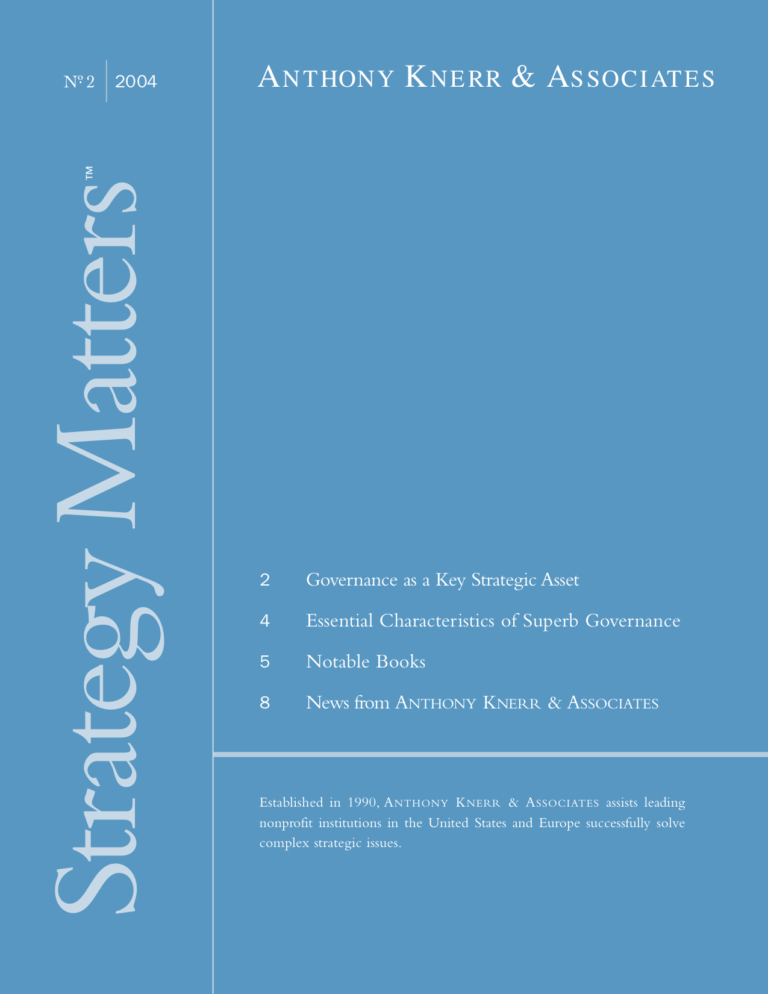Brand Portfolio Strategy: Creating Relevance, Differentiation, Energy, Leverage and Clarity by David A. Aaker
Although not often recognized, some of the most wellknown, powerful and enduring “brands” in the world are in the nonprofit sector: American Red Cross, Lincoln Center, Habitat for Humanity, Harvard University, Junior League, Salvation Army, Médecins sans Frontières, YMCA, to name just a few. Each of these organizations has a set of intangible assets in addition to their actual activities, services and programs. Instantly recognizable, each of these “brands” elicits a host of feelings, images and ideas that strengthen their visibility, identity and positioning in an increasingly crowded, cacophonous and fickle marketplace.
The private sector–and the retail customer market, in particular–has long recognized the importance of branding. Major corporations spend millions to establish, build and maintain brand identity–for particular products, services and the companies themselves. Nonprofits primarily gain brand identity through clarity of mission, strong program focus, consistent service delivery and successful fund raising (and capital campaigns, in particular). But as nonprofit organizations are competing harder than ever for customers, clients, applicants, donors and funders, they have a new interest, if not urgency, in branding as a means to more deliberately shape and communicate a clear identity.
Some of the most well-known, powerful and enduring “brands” are in the nonprofit sector.
David A. Aaker, E.T. Grether Emeritus Professor of Marketing Strategy at the Haas School of Business at the University of California Berkeley, provides multiple insights, helpful perspectives and reassuring clarity to the whole issue of branding: what it is, how it works, what its value is and why it is important. His new book, Brand Portfolio Strategy , builds upon two earlier volumes, Building Strong Brands (Free Press, 1996) and Brand Leadership (coauthored with Erich Joachimsthaler, Free Press, 2000), and together they provide a seminal treatment of the subject, easily accessible to the lay reader and highly applicable to the nonprofit sector.
Aaker’s work provides a wealth of useful insights and guidance in making more informed and thoughtful decisions–and thus significantly strengthening brand identity and organizational positioning. Aaker suggests that a brand is far more than design (a distinctive logo), identifier (a pertinent tag line) or positioning statement (a short mission statement). Rather, he urges organizations to think of brands along multiple dimensions: as a product or service (stressing, for instance, its quality and value); an organization (emphasizing, for example, its innovation and concern for the customer); a symbol (using, for instance, an image and references to its heritage); and a customer or key person (stressing, for example, their skills or determination).
Aaker recommends that organizations think both about their “brand image”– the current perception of itself–as well as their desired “brand identity”– the set of associations that it wants the customer to hold. By thinking of these perspectives separately, an organization can devise ways to span the gap, recognizing that, just as in engineering, it is harder to build a long bridge than a short one.
Nonprofit organizations often make two key mistakes in branding. Because their units often function semiautonomously, those units tend to develop their own identities that make it difficult for current or potential customers, clients or donors to understand how they relate to the larger organization. And even when there is a single brand identity, it is often applied inconsistently, resulting in a missed opportunity to build a consistent portrait of the organization.
It is the wise nonprofit that realizes that the decisions it makes every day about its services have consequences for the way it is positioned in the minds of external audiences. It is the even wiser nonprofit that makes those decisions informed by a clear vision of how it wishes to be positioned–both explicitly and implicitly–in today’s noisy marketplace.


